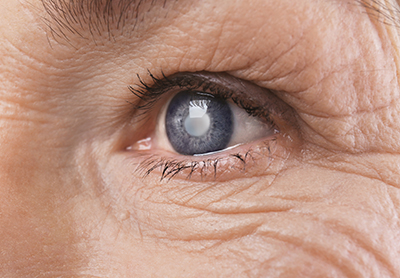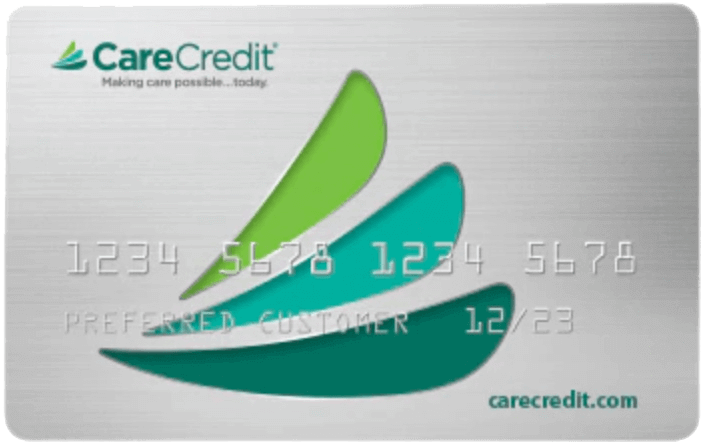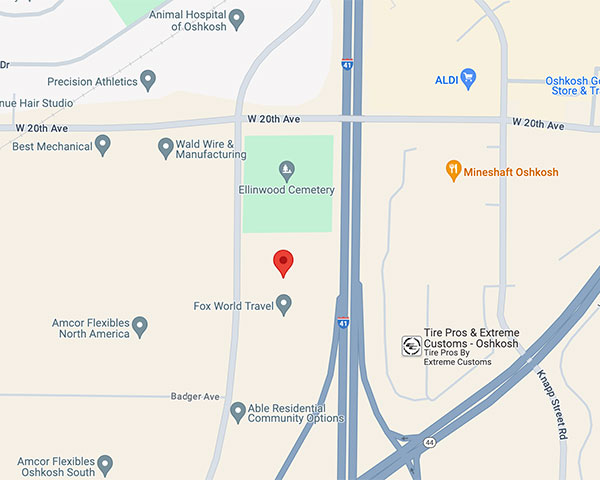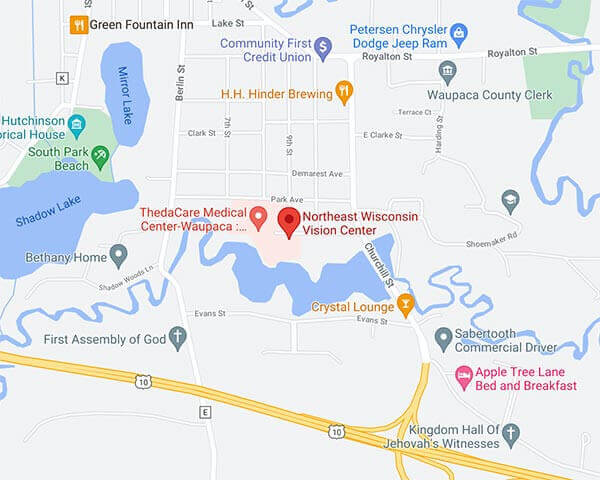
Cataract

Drs Larson and Raven perform thousands of cataract surgeries each year using the most modern techniques and equipment. The surgery has progressed to use smaller and smaller incisions with faster recovery and better results. Patients return home the same day of surgery with often little to no irritation and no sutures. While some sedation is used to keep patients comfortable, general anesthesia is not needed lessening the risks of surgery.
One of the most exciting advances are the lens implants now available for cataract surgery. Years ago, no implants were used and people needed thick “coke bottle glasses” after surgery to see properly. Today, not only do we not need thicker glasses, but often the glasses can be thinned and even eliminated. Near sightedness (myopia), far sightedness (hyperopia) and even astigmatism can be corrected by these lens implants.
The most advanced lenses are bifocal implants that help patients to see near and far without glasses after surgery. While traditional implants can help for one focal distance, these implants give focus to objects at distance and close. In this way, both eyes work together to see at all focal points similar to how a young child can focus without glasses. Some people in their 80s and 90s are able to see 20/20 at distance and read a newspaper – all without glasses.
The lenses may not be the right choice for people with other ocular diseases such as macular degeneration or advanced glaucoma. Our doctors want their patients to have the best outcome and will discuss all of your options with you concerning lens implant options.







